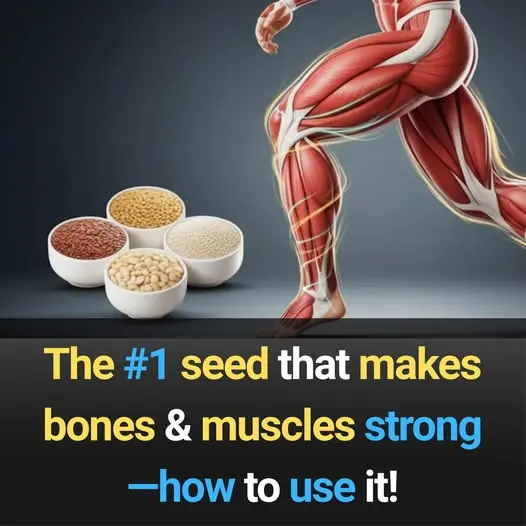
These 11 simple mistakes are giving you false high blood pressure readings – doctors confirm
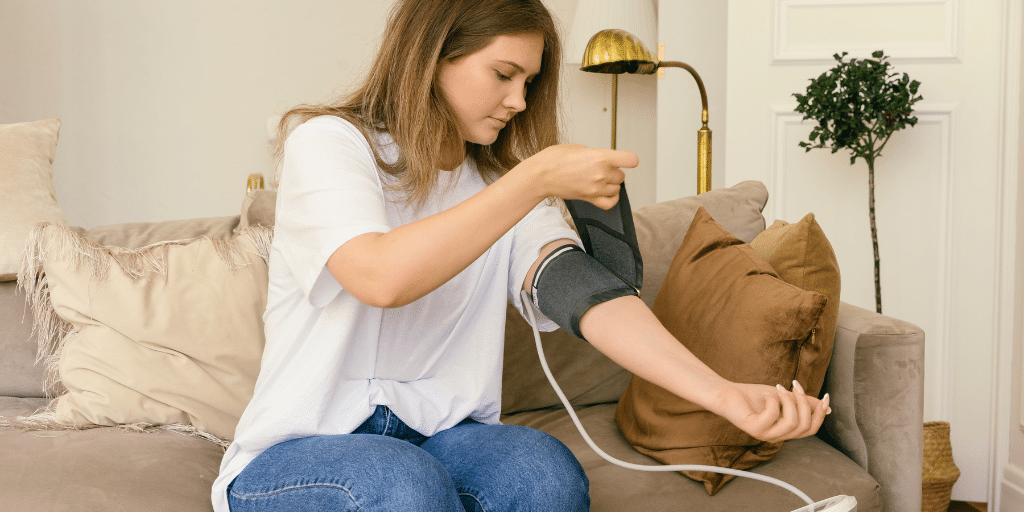
You’re Probably Measuring Your Blood Pressure Incorrectly—Here’s How to Fix It (Expanded Version)
I hate to break it to you, but there’s a very good chance that you—and possibly even your healthcare provider—aren’t checking your blood pressure the right way. It’s a surprising thought, but it’s true. Simply being inside a clinic can send your numbers soaring due to something called white coat hypertension, a stress-induced spike that paints a misleading picture of your cardiovascular health. This is exactly why learning how to measure blood pressure accurately at home is one of the simplest yet most powerful steps you can take to protect your long-term well-being. An inaccurate reading can push you toward unnecessary medication, or worse, give you a false sense of safety when an underlying problem is being missed.
In this expanded guide, we’ll walk through the most common errors people make when taking their blood pressure—many of which can raise the reading by 15, 20, or even 30 points. These aren’t minor technicalities. They can drastically distort your results. With help from the expertise of Dr. Siobhan Deshauer, we’ll break down what you’re doing wrong, why it matters, and the exact steps you need to take to get readings you can trust.
Key Takeaways
Preparation Is Everything
Before you even touch the cuff, rest quietly for five minutes, avoid caffeine for at least 30 minutes, and make sure your bladder is empty.
Your Position Matters More Than You Think
Sit with your back supported, feet flat on the floor, and your arm resting at heart level.
Good Equipment = Good Results
Use a validated upper-arm cuff that fits your arm properly. Avoid wrist cuffs unless absolutely necessary.
Consistency Is the Only Way to See the Full Picture
Measure twice in the morning and twice in the evening for one full week, then average the numbers. A single reading tells you almost nothing.
1. You’re Not Resting Before You Measure
One of the biggest mistakes is rushing the process. Many people walk into the room, sit down, put the cuff on, and immediately press the start button. But if you don’t rest quietly for at least five minutes first, your cardiovascular system hasn’t had time to settle. Even modest movement—like climbing stairs or walking from the kitchen—causes temporary increases in heart rate and blood pressure. This can raise your systolic number by up to 11 points.
To do it right, sit in a calm, quiet environment, stay still, breathe normally, and give your body a moment to relax. Those five minutes are essential—they set the baseline for the entire measurement.
2. You’re Talking or Using Your Phone
Silence is not optional; it’s required. Talking, texting, or scrolling your phone activates your body’s sympathetic nervous system, which elevates blood pressure. Even a simple conversation can add around 7 points to your reading.
For accurate results, you need complete stillness and minimal mental engagement. Put your phone away, mute notifications, and ask anyone nearby not to disturb you.
3. Your Body Position Is Completely Off
This mistake comes in three parts, and each can significantly skew your results:
Back Support
If your back isn’t supported—such as when you sit on a stool or perch on the edge of a couch—your muscles have to work to keep you upright. This can raise your systolic pressure by up to 10 points.
Legs Uncrossed
Crossed legs compress blood vessels and create muscle tension. This can artificially inflate your reading by as much as 15 points, one of the biggest preventable errors.
Arm at Heart Level
If your arm is too low, too high, or unsupported, gravity influences the reading. An arm resting on your lap can raise your systolic pressure by around 6 points.
The ideal setup: a firm chair, feet flat on the floor, back supported, and arm placed on a table or pillow so the cuff sits level with your heart.
4. You’re Using the Wrong Arm—or Only One Arm
Most people have slightly different readings between their left and right arms. To get a true understanding of your blood pressure, you need to identify the arm that consistently produces the higher reading and use that arm from then on.
If the difference between arms is 10 points or more, that’s not something to ignore—it may indicate a vascular condition like subclavian artery stenosis. In that case, speak with your doctor.
5. You Haven’t Emptied Your Bladder
This one surprises almost everyone. A full bladder can raise your blood pressure by up to 15 points because it activates your body’s stress response.
Always use the restroom before you begin the five-minute rest period. This simple habit prevents unnecessary anxiety and misleading results.
6. You Just Had Coffee, Alcohol, or a Cigarette
Stimulants—including caffeine, nicotine, and alcohol—temporarily raise blood pressure. A single cup of coffee can elevate systolic pressure by around 10 points if you’re not a habitual caffeine user.
Standard guidelines recommend avoiding all of the above for at least 30 minutes before measuring. You don’t need to skip your morning coffee entirely—just measure before you drink it, not after.
7. Your Cuff Doesn’t Fit Correctly
Cuff size matters more than people realize. A cuff that’s too small will squeeze the arm excessively, producing falsely high readings. One that’s too large won’t compress the artery properly, giving falsely low results.
Measure your upper-arm circumference and compare it to the cuff’s printed size range. Not all cuffs fit all arms—and using the wrong one can change your reading by up to 11 points.
8. You’re Using an Unreliable or Unvalidated Monitor
With so many inexpensive devices online, it’s easy to end up with a monitor that looks fine but simply isn’t accurate. Wrist monitors, while convenient, are especially error-prone because the arteries in the wrist are narrower and require extremely precise positioning.
For trustworthy results, choose a device listed on ValidateBP.org, which independently tests monitors using rigorous scientific standards.
9. You’re Relying Only on Doctor’s Office Readings
Clinical readings are notorious for being misleading due to two major phenomena:
White Coat Hypertension
Anxiety in medical settings temporarily spikes blood pressure. This affects up to 20% of people and can inflate readings by 30 points.
Masked Hypertension
In this case, your blood pressure looks normal at the doctor’s office but is consistently high at home. Up to 30% of people have this, and it’s even more dangerous because it often goes undetected.
Home monitoring is the only reliable way to know what your blood pressure truly is day to day.
10. You’re Not Measuring Consistently
Blood pressure naturally fluctuates with stress, hydration, sleep, and physical activity. A single high number is not a diagnosis—it’s just a data point.
The gold standard is:
-
Two readings in the morning (after using the bathroom, before caffeine or medication)
-
Two readings in the evening (before bed)
-
Repeat this for one full week
-
Average all readings
This provides a far more accurate picture of your cardiovascular health than occasional spot checks.
11. You’re Only Taking One Reading at a Time
The first reading is often slightly elevated because of mild anxiety or your body’s initial reaction to the cuff. Always take two readings, one minute apart, and average them. This simple step significantly improves reliability and reduces random variation.
Conclusion
Getting an accurate blood pressure reading isn’t complicated, but it does require patience, consistency, and attention to details that many people overlook. By avoiding these common mistakes, you give yourself the gift of reliable information—data that can help you and your doctor make informed decisions about your health.
Remember: the goal is not to chase a single “good” reading but to understand your true average over time. If your weekly average is consistently above 130/80 mmHg, it’s time to discuss next steps with your healthcare provider. Taking control of your blood pressure monitoring is one of the most empowering ways to take control of your health.
News in the same category


14 Warning Signs of Low Magnesium Levels and What to Do About It (Science Based)

Top 10 Foods to Heal Knee Pain and Boost Cartilage Naturally
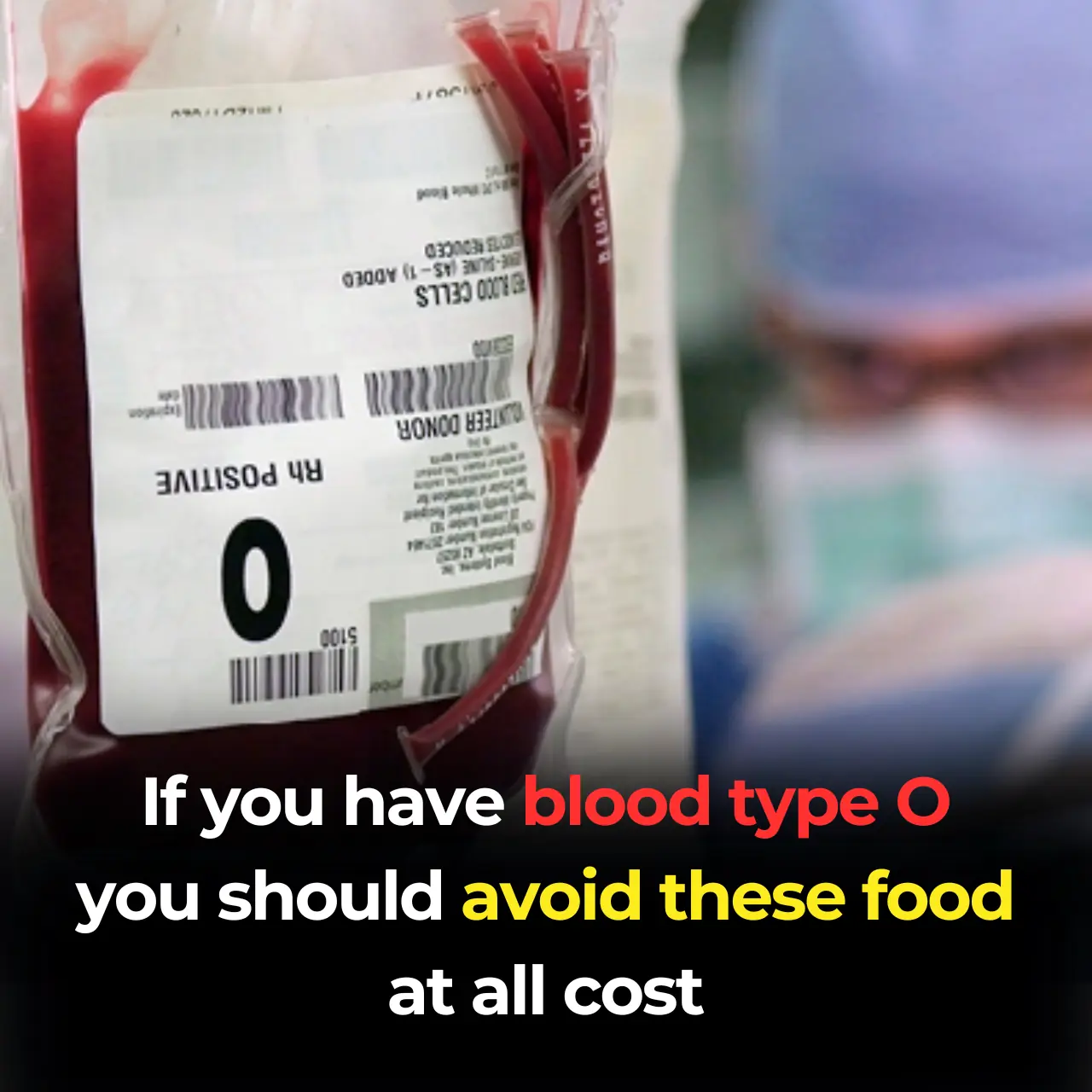
Blood Type O Diet: What to Eat and What to Avoid

7 nutrients that actually repair nerves

This one vitamin could help stop you from waking up to pee every night
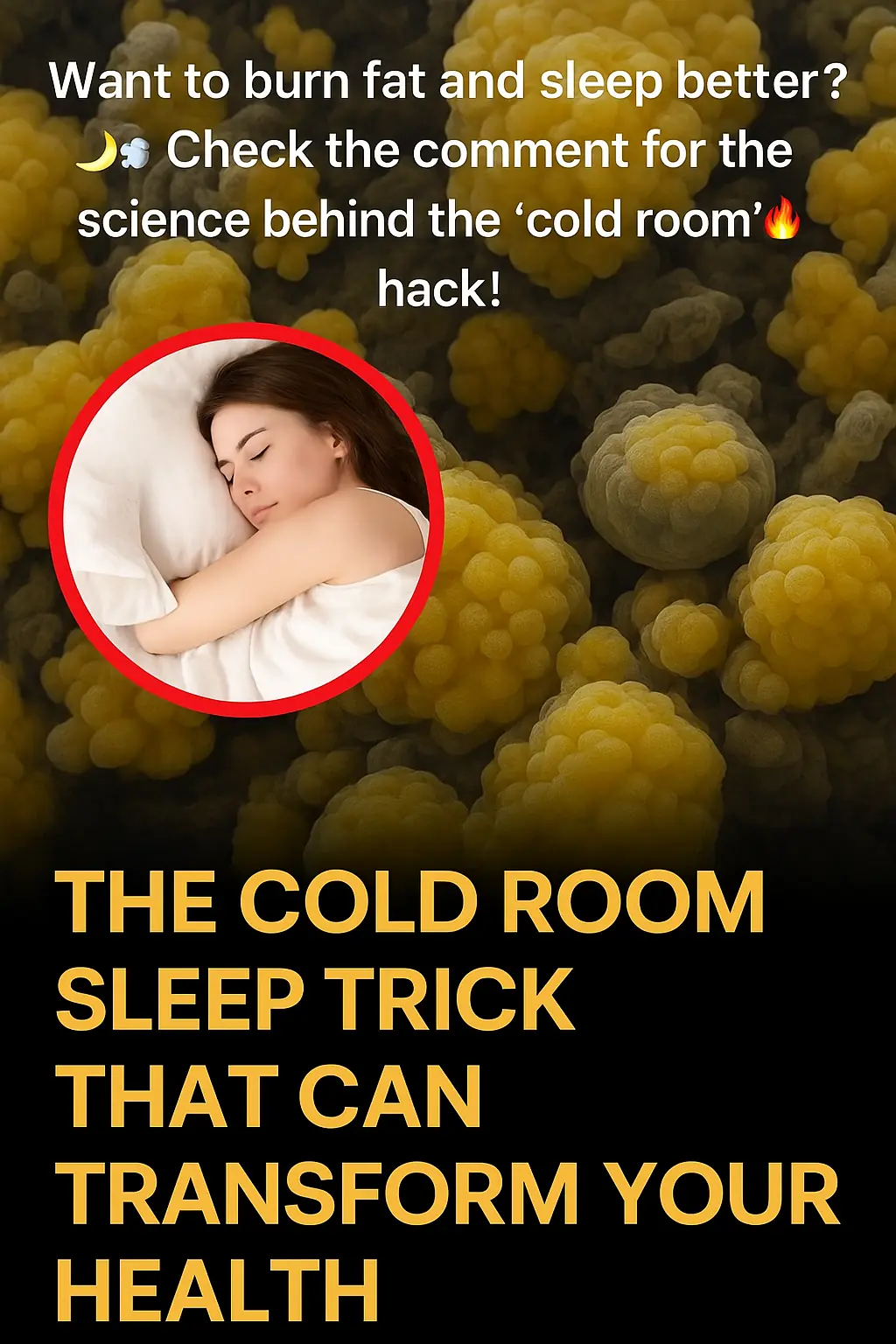
The Cold Room Sleep Trick That Can Transform Your Health
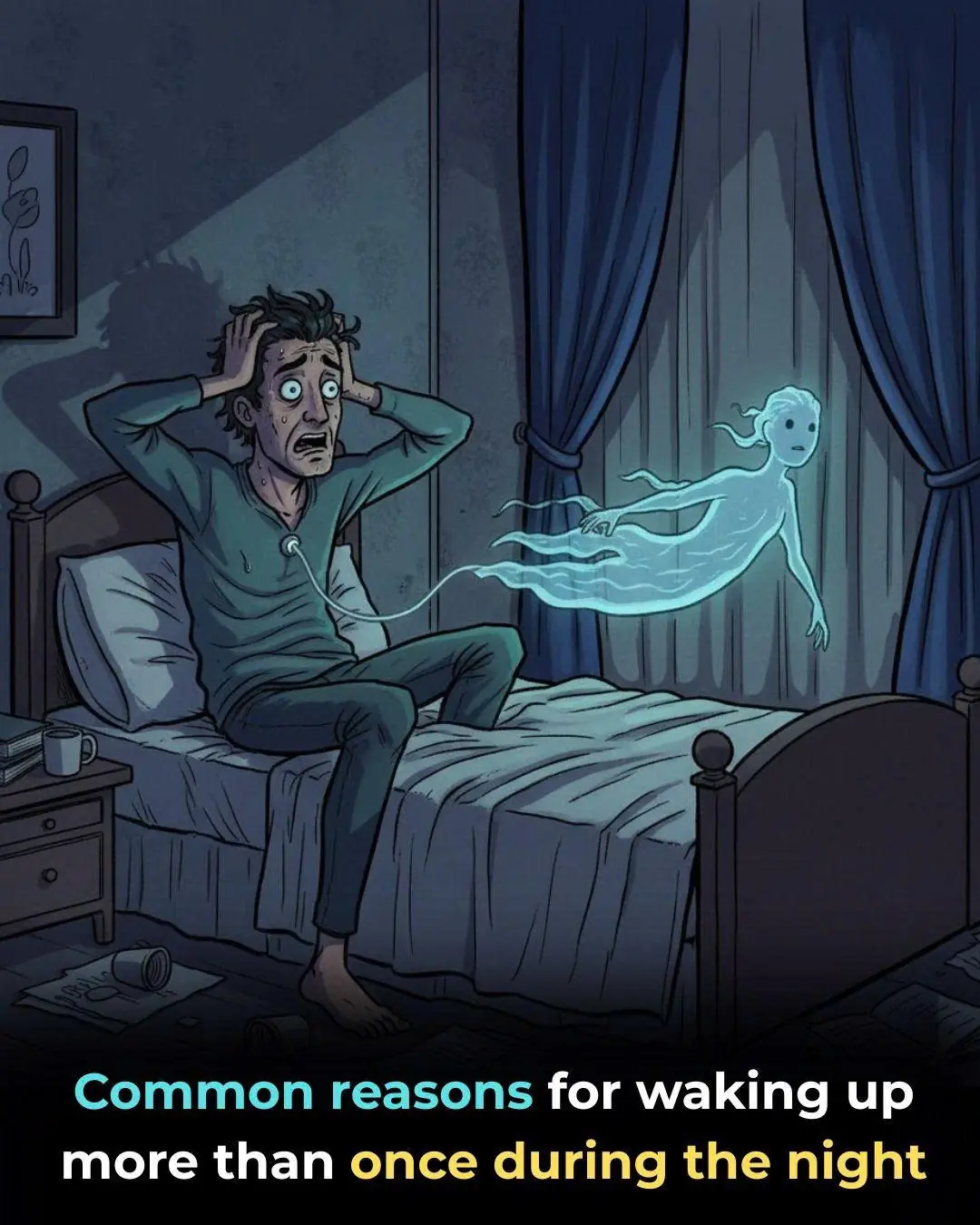
Why You Keep Waking Up at Night

Research reveals the #1 vitamin for eye protection
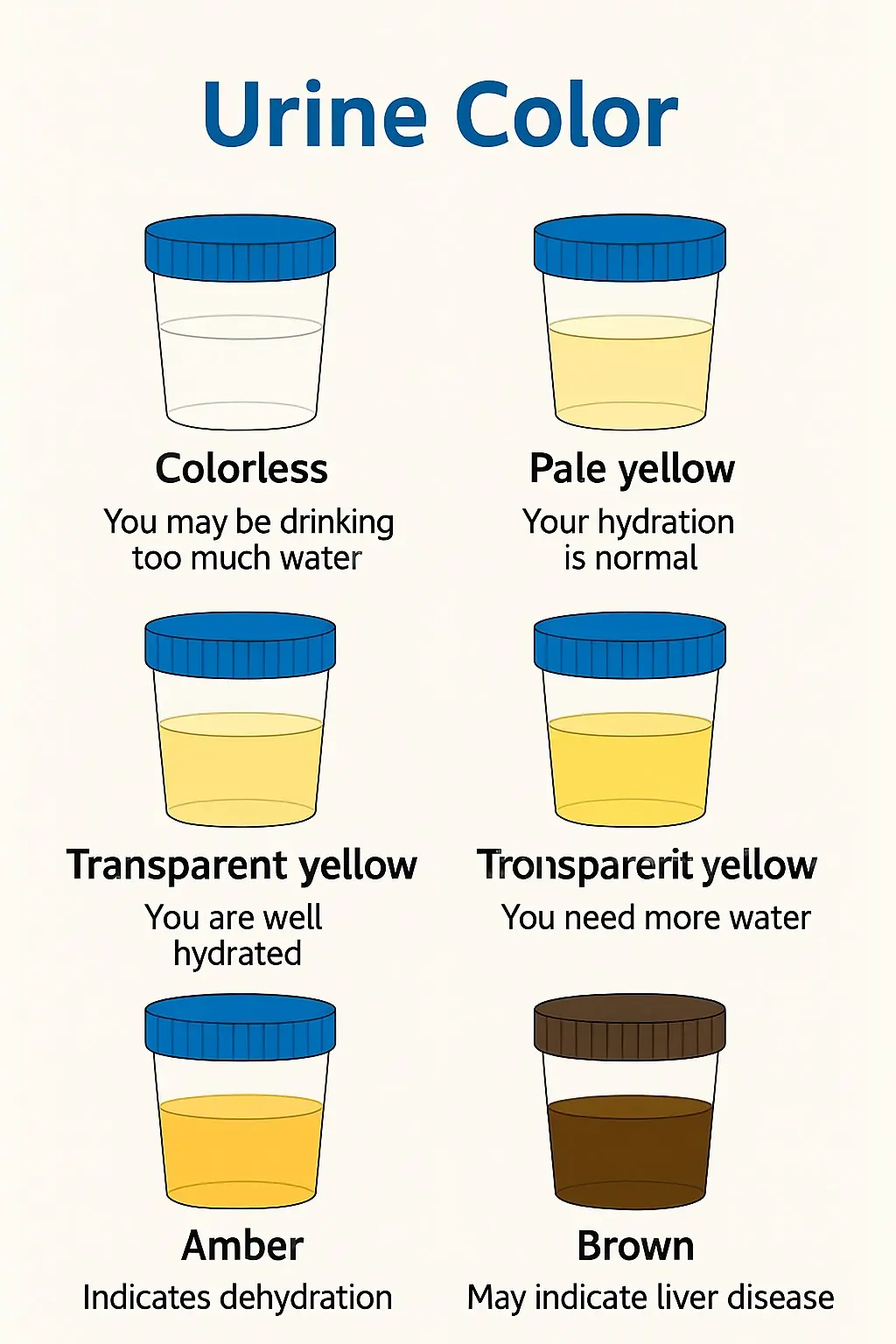
What Your Urine Color May Be Telling You (Gently & Naturally)
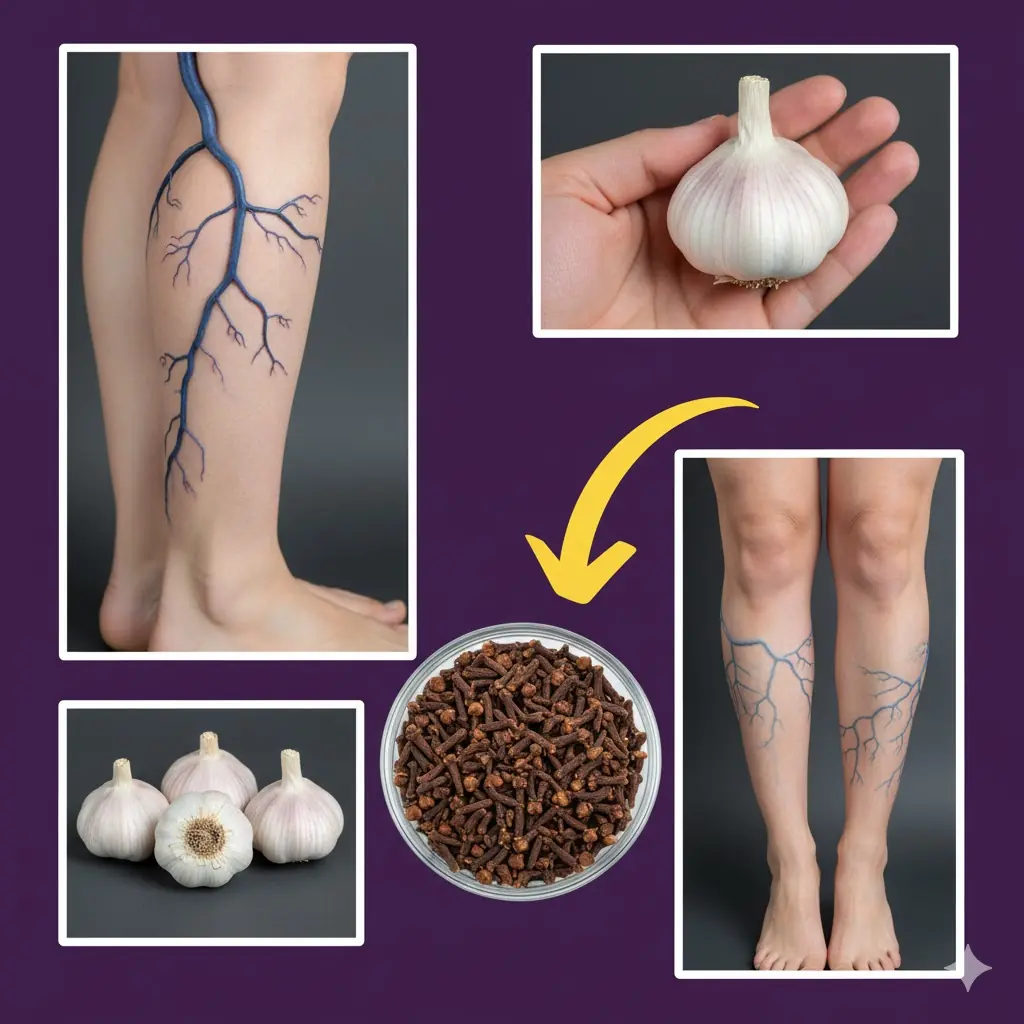
Soothe Leg Pain Naturally: Garlic & Clove Remedy for Joints, Circulation, and Comfort
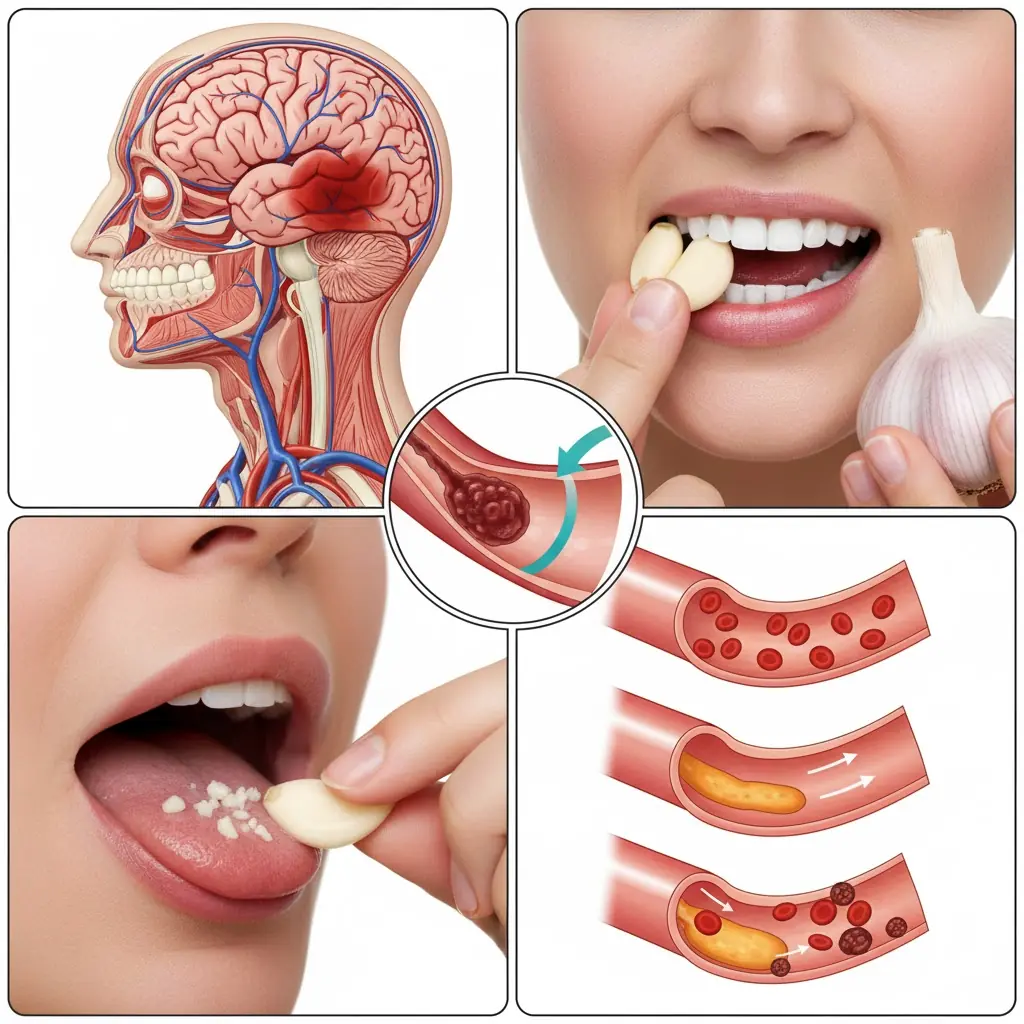
Eat Garlic — But Avoid This Common Mistake! | 95% of People Don’t Know This Simple Trick

Home Remedies For Kidney Stones – 21 Remedies For Effective Pain Relief
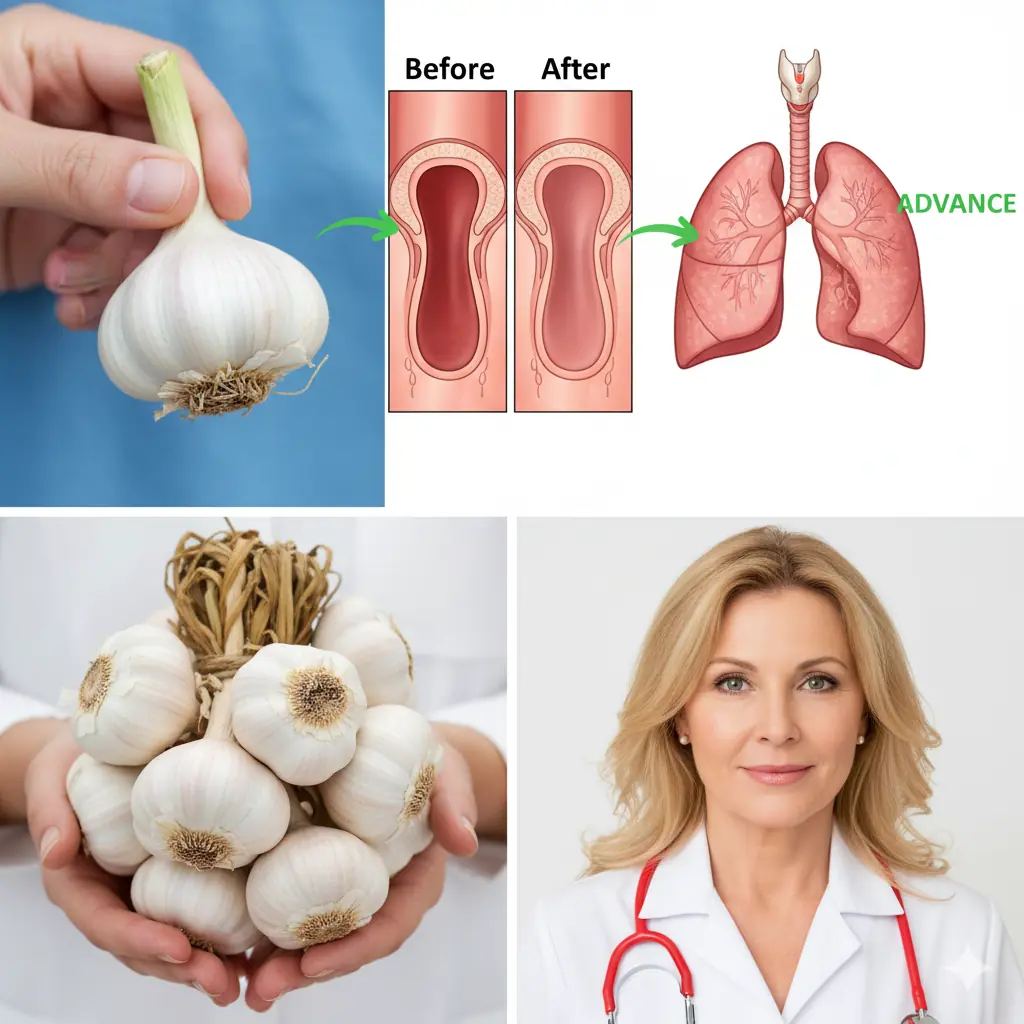
Eat One Clove of Garlic Every Morning on an Empty Stomach – and Watch These 12 Health Benefits Unfold!

Public Health Experts Stress Vaccination as Key to Preventing Severe and Long COVID

People who are about to be affected by cancer often show three unusual signs in the neck; even having just one of them can be a warning for your health

4 vitamins to reverse neuropathy and damaged nerves – relieve foot & hand pain fast!
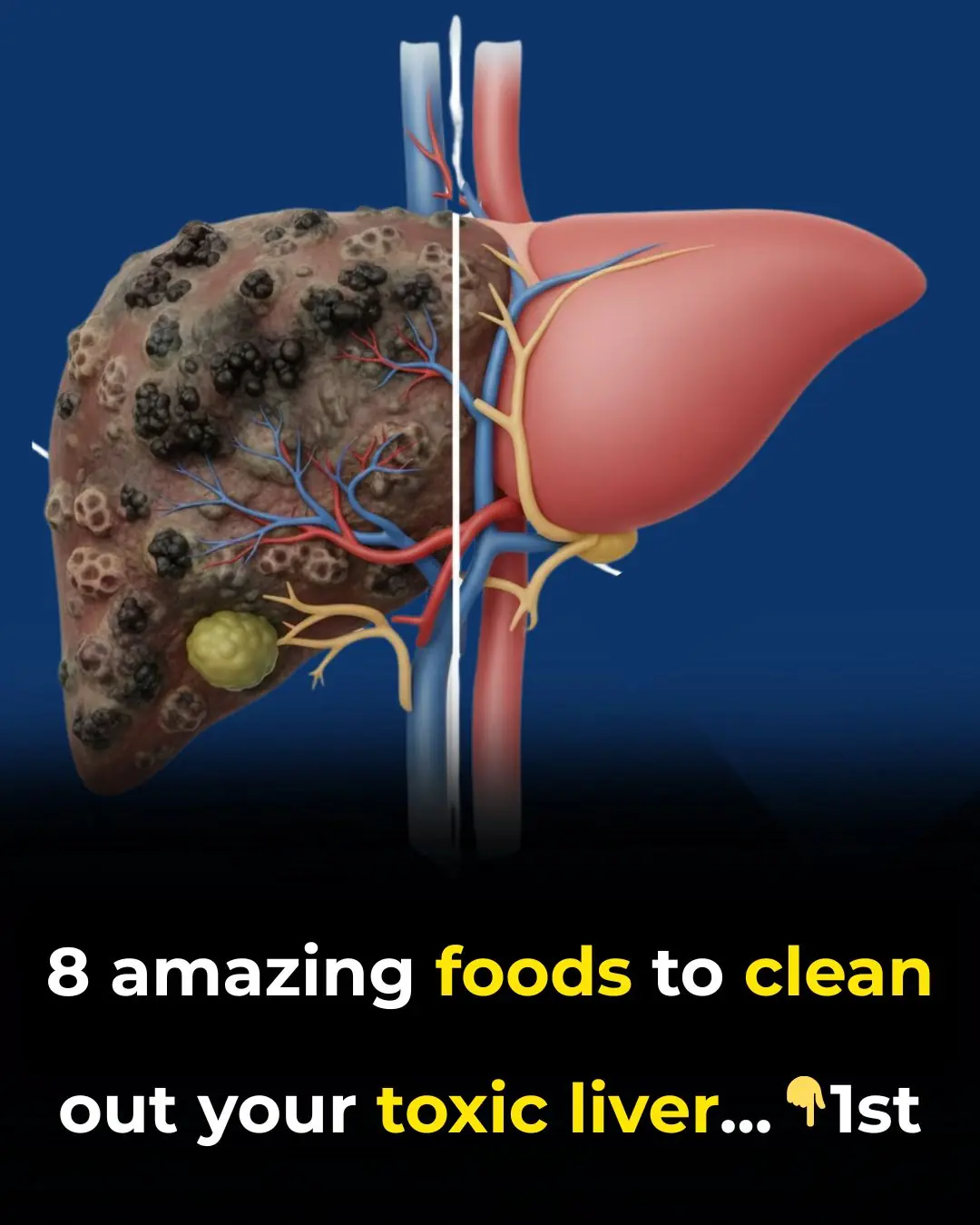
8 Amazing Foods To Clean Out Your Toxic Liver

Stem Cell Breakthrough Offers New Hope for Reversing Diabetes in Early Human Trials
News Post

How I Exp0sed My Husband’s Li es: A Cheating Anniversary He'll Never Forget

THE CAT THAT BR0KE ALL THE RULES: A POLICE OFFICER'S UNEXPECTED MISSION
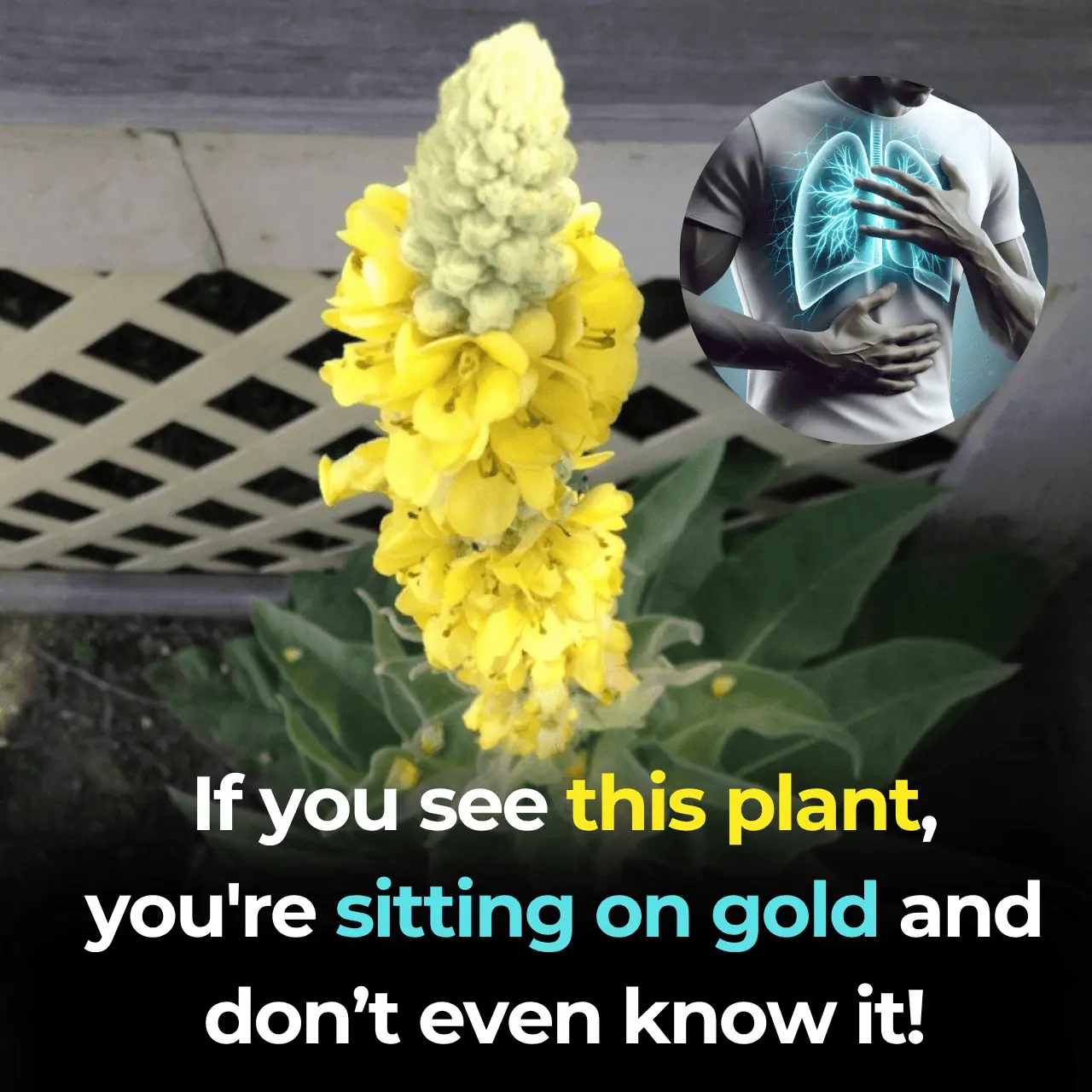
Mullein: Exploring the Benefits of Leaves, Flowers, and Roots

Airport X-Ray Scanners Upgrade: Shocking Level of Details

From White Hair to Naturally Darker Hair: Fast Home Remedies & Growth Tips

Teen told he just had ‘growing pains’ dies day after diagnosis

7 Ways To Use Vaseline For Wrinkle Free, Flawless Skin

EVERYTHING JAMES FRANCO SAID ABOUT BEING ‘CAST OUT’ FROM HOLLYWOOD DURING HIATUS

The #1 seed that makes bones & muscles strong—how to use it!

14 Warning Signs of Low Magnesium Levels and What to Do About It (Science Based)

Strictly Come Dancing star eliminated from competition on their birthday

Top 10 Foods to Heal Knee Pain and Boost Cartilage Naturally

Blood Type O Diet: What to Eat and What to Avoid

7 nutrients that actually repair nerves

Coronation Street's Lucy Fallon shows off huge ring as she announces engagement

MAFS UK’s ‘strongest’ couple split after romantic display at reunion

The Versatility and Benefits of Orange Peel Powder

The Hidden Power of the Honey Locust Tree (Gleditsia triacanthos): Health, Healing, and Everyday Uses

This one vitamin could help stop you from waking up to pee every night
